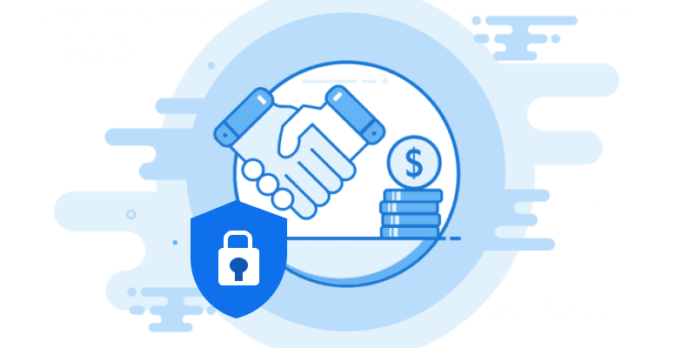Over the past few years, affiliate marketing has developed into one of the most valuable marketing expansion methods to expand online. While this has made several SaaS firms propel its growth, it created great opportunities for eCommerce stores to increase their sales.
A great example of this is Amazon’s Partner Program and ShareASale’s affiliate links that can help propel sales. And as the world continues its journey of digitalization, affiliate marketers have proven to be extremely effective at helping contribute to eCommerce growth.
For bloggers, it can be a literal goldmine and a great way to monetize their sites. Unfortunately, affiliate fraudsters have caught up with this trend and are preying on programs.
Now comes the question: how can businesses detect and prevent it?
What is affiliate fraud?
Firstly, we need to address affiliate fraud and what it is. When joining an affiliate platform or creating an independent one as a software engineering team, companies have the ability to add tracked links. This leads to a website’s page with the affiliate taking a percentage based or in some cases an Earnings per click (EPC.) This can help track new affiliates who are beginning to understand or experiment with the program.
However, amongst these new users are those with malicious intent. To better understand what they do, let’s explain what affiliate fraud is. Basically when a person unethically utilizes a campaign and goes directly against the terms and conditions of an affiliate program, that is called affiliate fraud. This is normally done for the sake of earning more payouts, which is online theft. The biggest victims of affiliate fraud are small eCommerce sites and other online retailers who do not have the right RiskOps team or expensive software tool to counter these actions.
Now that we understand affiliate fraud, let’s delve deeper into five different forms of affiliate frauds that can happen to any company unaware of these methods. Normally a fraudster tries to manipulate a program by using a fake identity or domain and using different methods to trick end users into purchasing from them. Here are three ways fraudsters use.
1. Spamming
Affiliate fraudsters love to spam. They use a unique affiliate link and send out tens or even hundreds of emails at once to contacts purchased from the dark web. Fraudsters usually send a dozen emails, looking for a list of people prone to fall for their tricks, pretending to be managers, founders or consultants. While 99.9% of these are ignored, a fraudster only needs 0.1% of its outbound emails to make a purchase and thus, return a profit. In this case, the affiliate program pays out needlessly to the fraudster and might even damage its reputation.
2. Diverting traffic
When a fraudster creates a website, they try taking traffic from a legitimate website and mislead a page visitor with commercial interest to his or her landing page.
This way the scammer can capitalize on an unaware customer, while the official site with the affiliate program loses on the commission.
3. Fake clicks
Affiliate programs that use EPCs (earnings per click) like Grammarly, pay their affiliates not only based on commissions after a purchase but through traffic brought in by clicks. This gave an opportunity for fraudsters to utilize software to emulate human actions. This helps them generate fake clicks, which can multiply a fraudsters’ revenue from an unaware affiliate program.
Creating the Right Security for eCommerce
Despite the aforementioned risks, there are several prevention and detection methods that online retailers can implement without paying hefty fees for a risk operations team or software. There are three simple methods to do this.
1. KYC measures
When an affiliate wishes to sign up to a program they must create an affiliate account with their information. This is where the right KYC measures must be implemented to ensure that their information is true. Usually most affiliate platforms ask for an email, name, address, occupation and several basic information.
Anyone can make up this information and get away with it. But application portals that require face scans, ID verifications or more personal information can ensure more safety from affiliates pretending to be someone else.
2. Using Email Lookup
In order to avoid suspicious users an email lookup tool can be beneficial to monitor whether an applicant’s information adds up. For example, monitoring the quality of customers and the traffic that they intend to bring through their domains is one great way to understand affiliate fraud safety.
An email lookup solution enables affiliate teams to regulate and track data, as well as analyze variables like name, email, IP address and in some occasions, social media accounts.
3. Device Fingerprinting
Device fingerprinting is able to scan an affiliate end user through software and hardware configuration and record them as ID numbers/hashes. If you want to block illegitimate traffic to your site completely, device fingerprinting is perhaps the most effective way to do so.
Conclusion
Affiliate marketing is an amazing marketing tool for expanding one’s brand. But lacking the right methods can incur costly damages to eCommerce sites because of mischievous individuals. Creating and adapting the precautions in order can greatly alleviate the trouble of losing money to fraudsters preying on affiliates.








